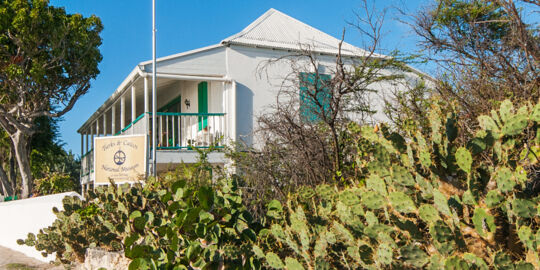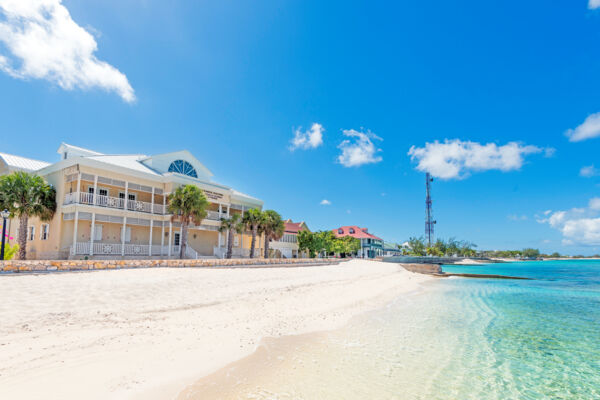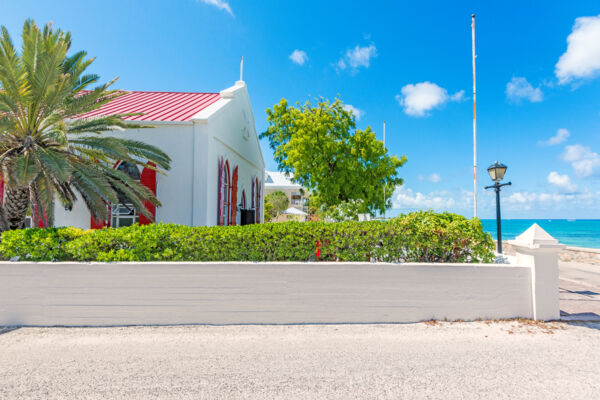Grand Turk Sights & Attractions






Discover Grand Turk!
Grand Turk is home to the country’s capital city of Cockburn Town and is the site of many interesting historical landmarks of the Turks and Caicos.
The island of Grand Turk is a great Caribbean destination to explore at your own pace. It’s safe, easy to navigate, and not too big. In addition to the historical elements, there are pristine beaches, snorkeling sites, and wetlands to see.
Whether you’re visiting from Providenciales on a day trip, or spending the day on a cruise ship stop, there’s plenty to see and do. Simply rent a car, consult the map, and discover Grand Turk.
The Seat of Government and the British Colonials
Due to both geography and chance, Grand Turk has been the center of development and commerce in the Turks and Caicos until the tourism expansions on Providenciales in the 1980s. As the country’s capital and seat of government, Cockburn Town is home to some of the finest remaining colonial British and Bermudian architecture in the islands. On the oceanfront Duke Street and Queen Street, many of these grand old buildings have been converted into inns and villas.
On Front Street, H.M. Prison, Victoria Library, St Mary’s Church, and the cannons and square at the Government Offices are quite picturesque.
The small yet fascinating National Museum offers informative exhibits on the Taino peoples, the Molasses Reef Wreck (the oldest European shipwreck to be excavated in the Americas), ship salvaging, and much more.
Overlooking the precarious yet scenic North Reef (where the first British Royal Mail ship to be lost at sea sank), the Grand Turk Lighthouse is another interesting sight and the only lighthouse in the Turks and Caicos.
White Gold and the Sea Salt Industry
Due to their marine limestone foundation and general low elevation, all of the larger islands in the Turk and Caicos have natural and shallow saltwater ponds. As evaporation occurs, the salinity of many of these ponds increases until salt crystals form.
Both the pre-Columbian inhabitants and early European explorers (including Captain John White of Roanoke Island fame) would gather the naturally occurring salt, however, in the later 1600s, Colonial British Bermudians recognized the possibility of the environment, and began to develop an efficient system for production and evaporation. A network of correspondingly smaller ponds was introduced, where the brine was transferred between stages by human-powered or windmill pump, assured a constant supply of salt.
Organized production continued into the mid-1900s, until the country’s small ponds and limited scale of production simply couldn’t compete with the extensive ponds abroad. Low salt pan dividing walls, causeways, gates, and the remains of windmill pumps from the abandoned industry are found in all of the salinas on Grand Turk.
The ponds adjacent to Cockburn Town, and the salina at Hawkes Nest are the best locations to appreciate this bygone industry.



